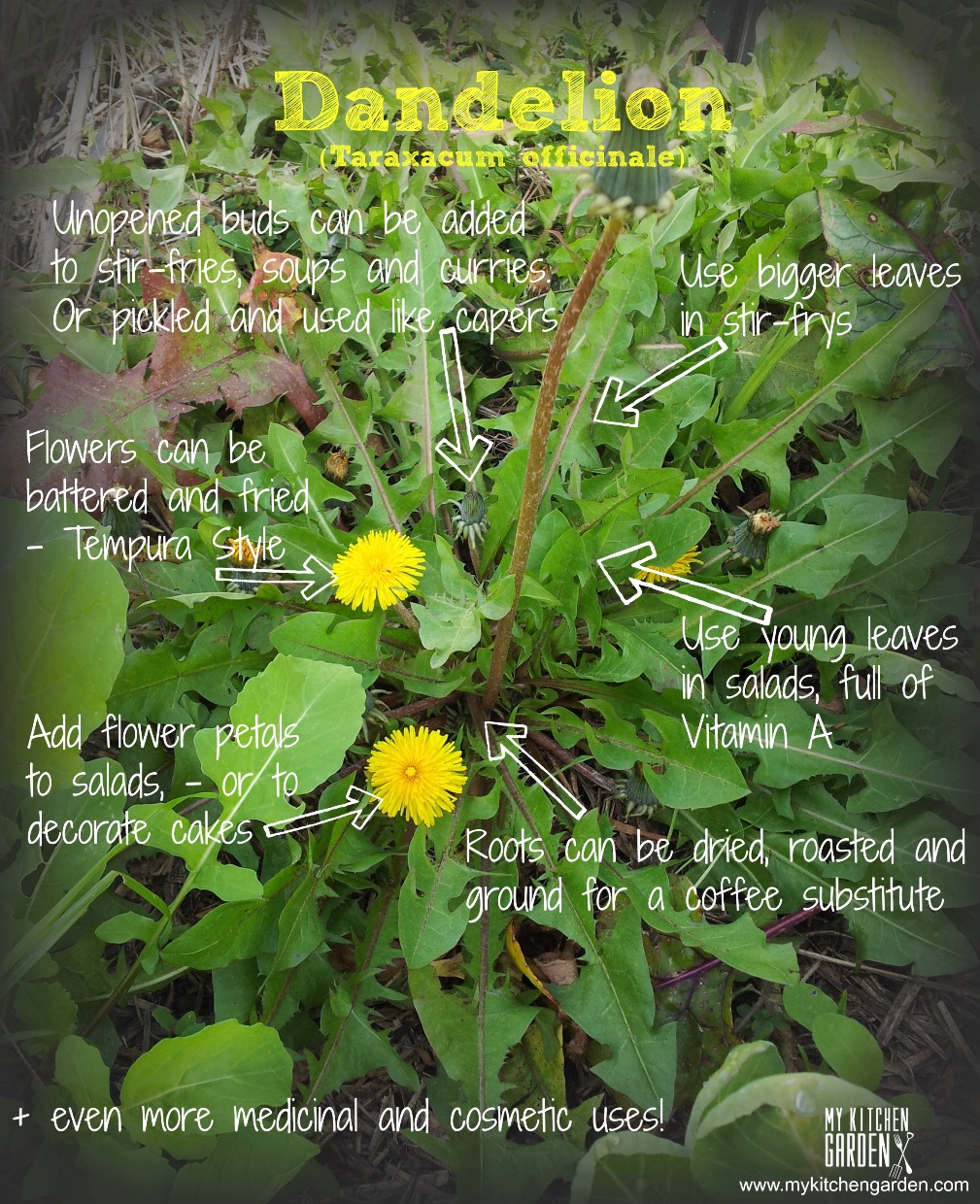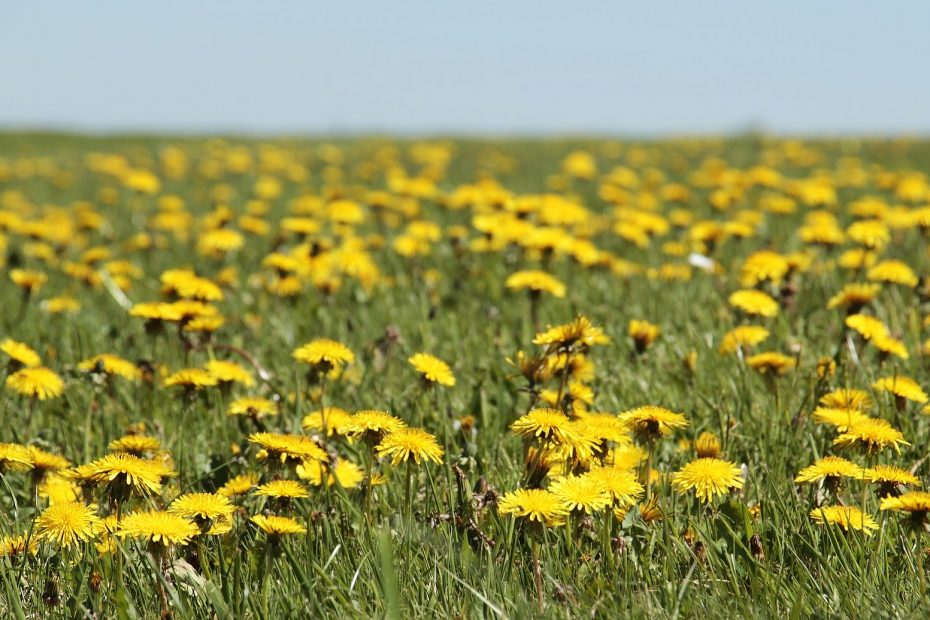
A chaotic-looking tangle of weeds and scrub can provide an array of niches and opportunities for life.

It is a mistake to think of these areas as messy in the sense of being neglected. You might allow selected corners to become “self-willed” with nettles, brambles, dead branches and the like.

Naturally, there will be limits to how much change is acceptable, and these will be different for every gardener. A person can mimic the other creative influences at play in nature (such as large herbivores): learning to think like a beaver, wild boar or browsing pony will almost certainly change the way you garden. Certainly, relaxing the normal garden obsession with tidiness will almost always increase the potential for wildlife, and using traditional tools instead of labour-saving devices – swapping the leaf-blower for a rake, for example – can increase a garden’s hospitality to wildlife.īut rewilding a garden is more about focusing on ecological results – to establish a mosaic of habitats.

This is not about “letting your garden go”. Rewilding can take a garden to another level of species richness.


 0 kommentar(er)
0 kommentar(er)
